Working under pressure: Diamond micro-anvils made by UAB will produce immense pressures to make new materials (see UAB News for full story) or you can check it out on the front page of the NSF website.
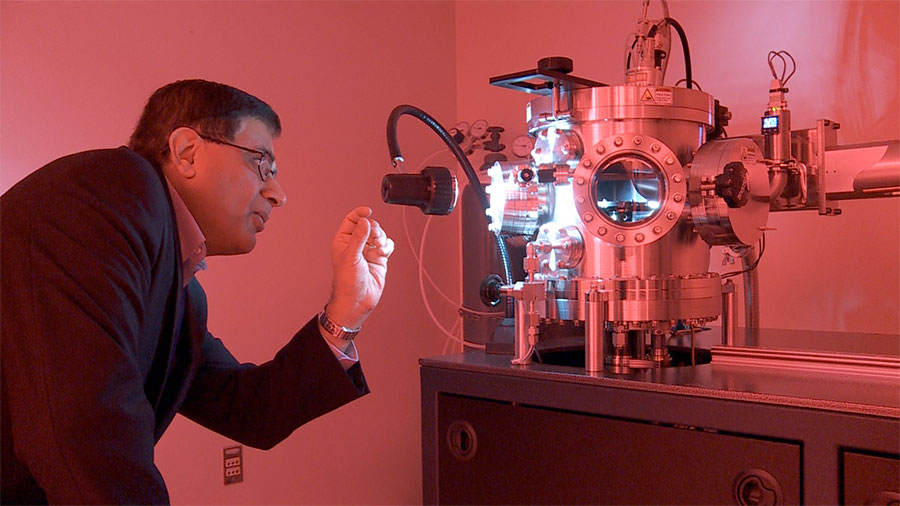
Working under pressure: Diamond micro-anvils made by UAB will produce immense pressures to make new materials (see UAB News for full story) or you can check it out on the front page of the NSF website.

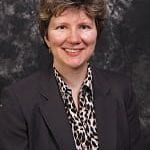 Read UAB News article titled “Stealth pig cells may hold key to treating diabetes in humans,” featuring CNMB member, Dr. Eugenia Kharlempieva.
Read UAB News article titled “Stealth pig cells may hold key to treating diabetes in humans,” featuring CNMB member, Dr. Eugenia Kharlempieva.
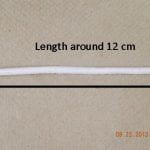
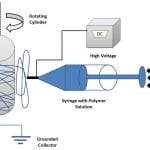
NIH-National Center for Advancing Translational Sciences (NCATS) has funded a UAB-Vivo biosciences research team for conducting translational research on vascular grafts led by Principal Investigator Yogesh K. Vohra, PhD. This Phase-I award of $192,314 is under the Small Business Technology Transfer (STTR) program. Approximately 1.4 million surgical procedures that require arterial prostheses are performed annually in the US due to peripheral vascular disease and ischemic heart disease; approximately 500,000 of these are coronary artery bypass operations. The current commercially available synthetic grafts have not been found suitable for small vessel (<6 mm) applications, with a <50% patency rate at 12 months. Disadvantages of prosthetic grafts include increased risk of thrombosis, poor tissue response and integration and poor biomechanics of graft, leading to additional interventions. Because there are no acceptable synthetic prostheses for small-diameter blood vessels, there is a huge demand for tissue engineered vascular grafts, especially small diameter vascular grafts for coronary replacement. The overall goal of this new program is the development and evaluation of a novel functionally-graded biohybrid vascular graft for small diameter for coronary bypass applications. Tissue engineered vascular constructs developed to date have been engineered mostly using synthetic and animal-derived biomaterials and require pre-seeding of cells before implantation to overcome the complications of prosthetic vascular grafts. However, these biohybrid systems exhibit many limitations including poor cellular adhesion, inadequate biomechanical and functional properties. The UAB research group has recently demonstrated an in vitro regenerated human endothelium on functionally-layered polymeric scaffolds containing bioactive proteins (Figure below). Moreover, Vivo Biosciences has developed a unique human biomatrix (HuBiogel™) that allows viable tissue constructs by cultivating single or multiple cell types. The research team will combine our functionally-layered graft strategy with this physiological HuBiogel culture technology for fabricating an advanced 3D vascular construct demonstrating enhanced lumen endothelialization and biocompatibility. Our research team includes Dr. Yogesh Vohra (PI, UAB Physics/College of Arts and Sciences) Dr. Vinoy Thomas (UAB MSE/School of Engineering) Dr. Steven Pogwizd (School of Medicine – Cardiovascular Disease)
and Dr. Raj Singh (President -Vivo Biosciences).
NSF Faculty Early Career Development Award (CAREER)
 “CNMB member and a faculty member in the UAB Department of Chemistry Dr. Eugenia Kharlampieva has been awarded a National Science Foundation (NSF) Faculty Early Career Development Award entitled “CAREER: Shape Responses of Ultrathin Hydrogel Microcapsules” for a five year period 2014-2019. This is one of the National Science Foundation’s most prestigious awards in support of junior faculty who exemplify the role of teacher-scholars through outstanding research, excellent education and the integration of education and research within the context of the mission of their organizations”
“CNMB member and a faculty member in the UAB Department of Chemistry Dr. Eugenia Kharlampieva has been awarded a National Science Foundation (NSF) Faculty Early Career Development Award entitled “CAREER: Shape Responses of Ultrathin Hydrogel Microcapsules” for a five year period 2014-2019. This is one of the National Science Foundation’s most prestigious awards in support of junior faculty who exemplify the role of teacher-scholars through outstanding research, excellent education and the integration of education and research within the context of the mission of their organizations”
CNMB Member Dr. Claudiu T Lungu Awarded a National Institute for Occupational Safety & Health Grant (CDC/DHHS R21, Total amount for two years: 09/01/2013 – 08/31/2015: $398,672)
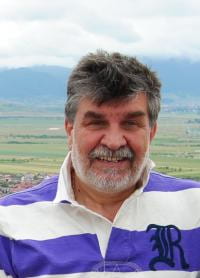 The goal of this study is to develop a new technique that allows accurate sampling of gases and vapors at low levels.
The goal of this study is to develop a new technique that allows accurate sampling of gases and vapors at low levels.
Dr. Lungu is investigating a new process of using pulsed visible light to release chemicals from new substrates based on carbon nanotubes. These substrates will be used in air sampling devices for volatile organic compounds and gases for workplace or environmental monitoring. This research could potential lead to a new generation of air samplers that may be faster, cheaper, and more sensitive than the currently available models.